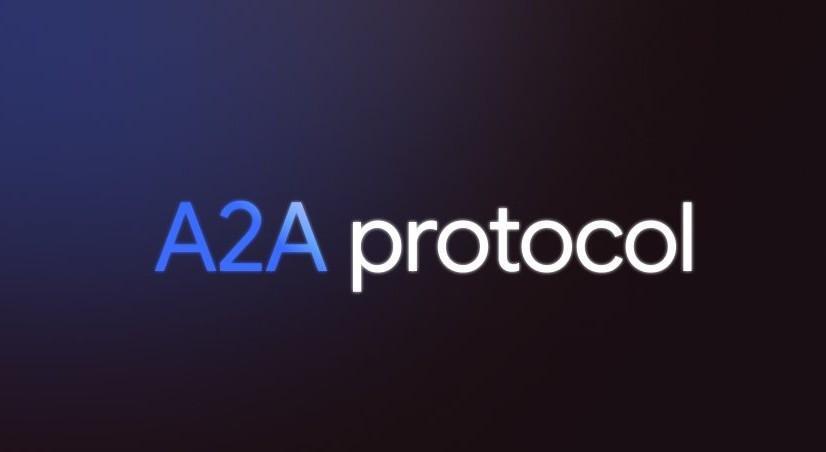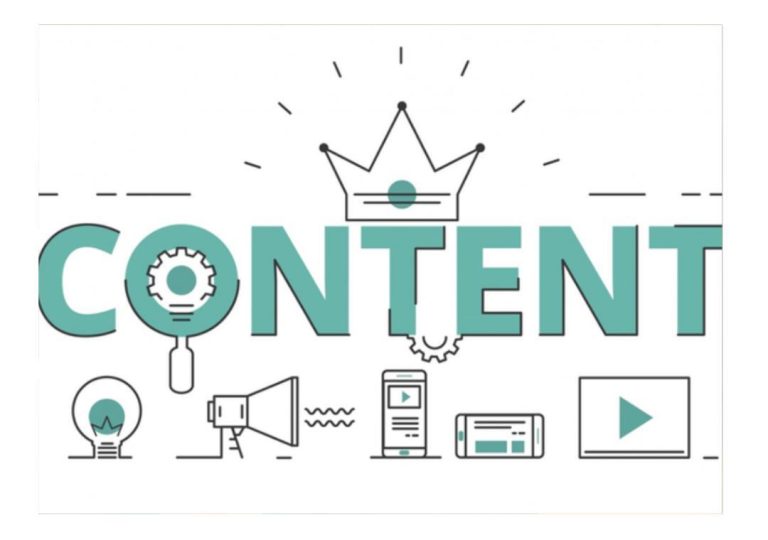
Google Launches A2A Protocol to Enhance AI Agent Synergy
The era of artificial intelligence (AI) has brought about numerous advancements in various industries, from healthcare to finance, and from transportation to education. One of the key aspects of AI is the development of AI agents, which are designed to perform specific tasks, make decisions, and interact with humans and other agents. However, as AI agents proliferate across different systems, platforms, and applications, a pressing need has arisen for a standardized protocol that enables them to communicate and work together seamlessly. Google has addressed this challenge by launching the Agent2Agent (A2A) protocol, an open-source solution that allows AI agents to interact, securely exchange information, and coordinate actions across various enterprise platforms or applications.
The A2A protocol is a significant development in the field of AI, as it enables developers to build agents capable of connecting with any other agent built using the protocol. This interoperability is crucial in today’s digital landscape, where AI agents are being deployed in diverse settings, from customer service chatbots to supply chain management systems. With A2A, developers can now create agents that can interact with each other, regardless of the underlying infrastructure or platform.
The A2A protocol is designed to facilitate communication between AI agents using a common language, known as the Agent2Agent protocol specification. This specification defines the messaging format, data structures, and protocols for exchanging information between agents. By adhering to this standard, AI agents can communicate with each other securely and efficiently, enabling them to coordinate actions, share knowledge, and learn from each other.
The benefits of the A2A protocol are numerous. For instance, it enables the creation of multi-agent systems, where multiple AI agents can work together to achieve complex tasks. This is particularly useful in applications where a single agent may not have the necessary capabilities or knowledge to complete a task on its own. With A2A, multiple agents can collaborate, share their expertise, and complete tasks more efficiently.
Another significant advantage of the A2A protocol is its ability to facilitate seamless communication between agents from different domains. For example, an AI agent designed for a healthcare application can communicate with an agent from a finance application, enabling the exchange of relevant information and coordination of actions. This interoperability is critical in today’s digital landscape, where data is being generated across various domains and applications.
The A2A protocol is built on top of existing technologies, including the Advanced Message Queuing Protocol (AMQP) and the Representational State of Resource (REST) architecture. These technologies provide a robust foundation for the protocol, enabling it to handle complex communication scenarios and ensure secure data exchange.
Google’s launch of the A2A protocol is a significant development in the field of AI, as it addresses a pressing need for standardized communication between AI agents. The protocol’s open-source nature also makes it accessible to developers worldwide, enabling them to build agents that can interact with each other seamlessly.
In conclusion, the A2A protocol is a groundbreaking development in the field of AI, enabling AI agents to communicate, securely exchange information, and coordinate actions across various enterprise platforms or applications. With its open-source nature and standardized protocol specification, the A2A protocol has the potential to revolutionize the way AI agents interact with each other, enabling the creation of multi-agent systems and seamless communication between agents from different domains.
Source: https://developers.googleblog.com/en/a2a-a-new-era-of-agent-interoperability/






